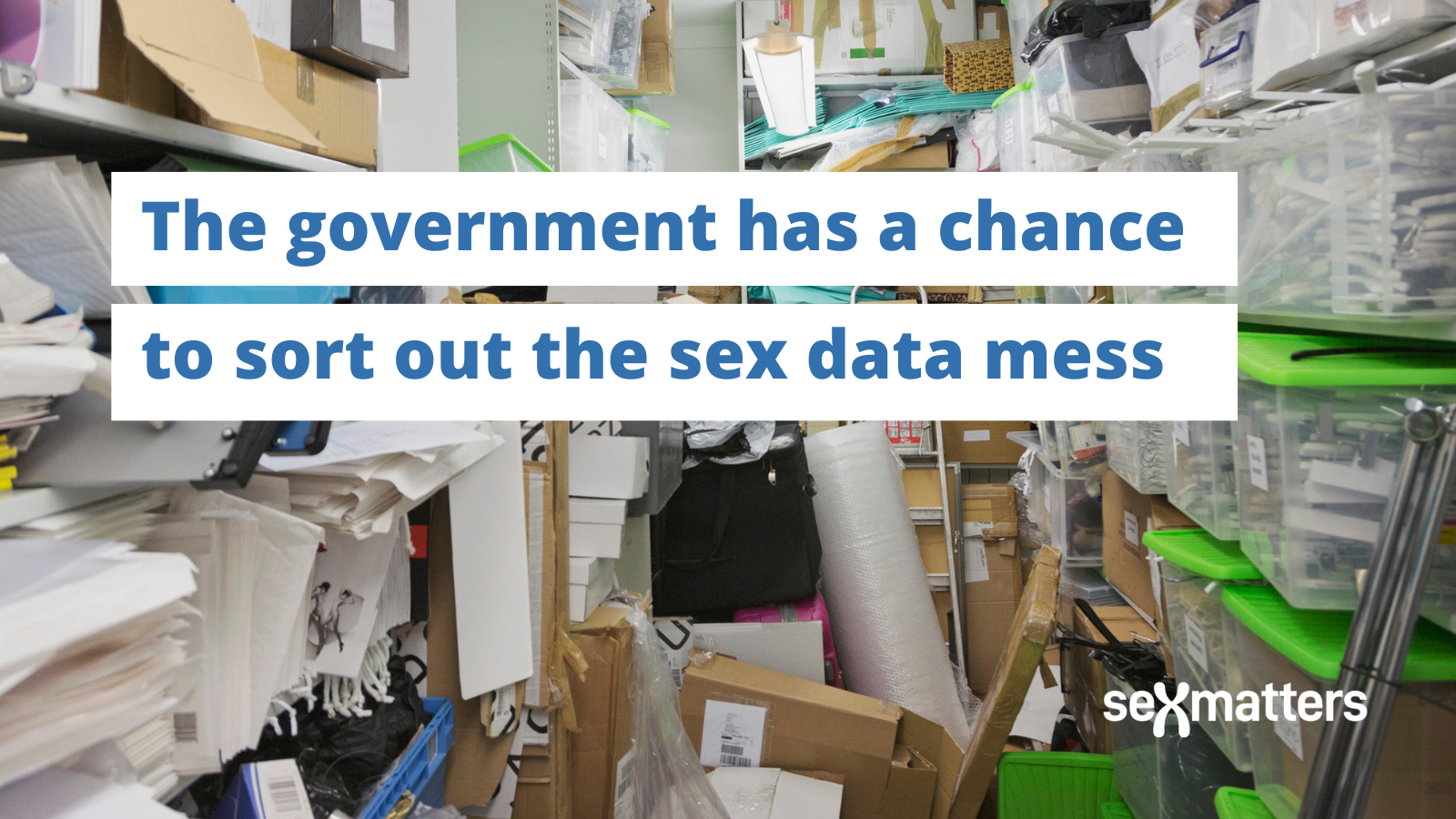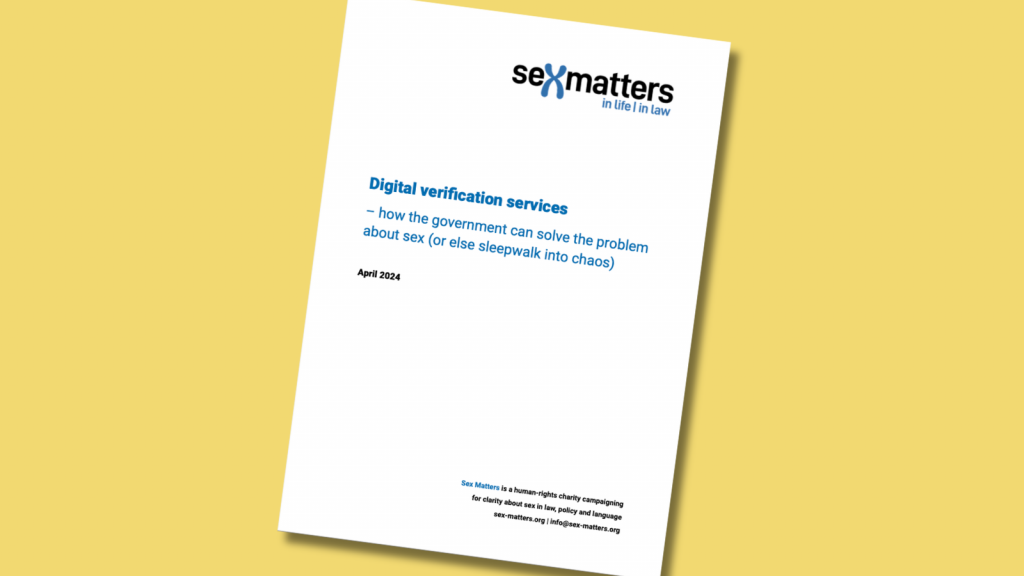Getting “sex” right in digital verification services

The UK government is developing a system for digital verification services (DVSs). The Data Protection and Digital Information Bill which is now at committee stage in the House of Lords is establishing the legal framework for this.
The legislation will lead to the development of a “digital identity and attributes trust framework” to allow private service providers to supply verification of a person’s identity and facts about them, drawing on official records and other trusted sources. This means, for example, that instead of being asked to show a paper copy (or photograph) of your birth certificate, driving licence or utility bill to a bank or estate agent to prove who you are and where you live, they will be able to obtain this information directly, with your consent.
The system seeks to allow people to verify all kinds of information attached to their personal history – such as qualifications, professional memberships and work history.
But in developing the system, the government has a big problem that it hasn’t yet faced up to: public bodies providing unreliable information about people’s sex.
When a person is born their sex is one of the first things that is recorded about them in official records (their NHS record and on the birth register if they are born in the UK). But over the past few decades records kept by public bodies such as HM Revenue & Customs, HM Passport Office, the National Health Service and the Driver and Vehicle Licensing Agency (DVLA) have become corrupted, allowing people to change their sex marker just by requesting it. Once some people have done this, none of these institutions can be relied on to give out reliable (or even consistent) information on anybody’s sex.
This was a concern raised recently by Dr Hilary Cass in her review of the NHS’s treatment of children with gender distress. She found that many were given a new NHS number and incorrect sex marker, which meant their medical records were incomplete and could not be traced, creating healthcare and safeguarding risks.
If the new digital identity system is built on top of these dodgy datasets it will bring in self-ID of sex by the back door. It will have harmful results: people may miss out on medical screening, or get the wrong diagnosis. It will become much harder to manage single-sex services, it will be impossible to use the DVS system in situations where individuals need to be able to verify their sex to others remotely – such as on a dating site, or if someone is applying for a job where sex matters.
But the development of the digital verification system also creates an opportunity to solve the problem. At its heart it is a system that secures an individual’s consent to share their data.This applies to each particular fact about them.
The obtaining of consent and sharing of information can only work if there are clear categories. For example: a woman consenting to disclose the data that she is female to a healthcare provider is consenting to share the accurate data that she is female. This information cannot be stored robustly unless the “F” marker in the sex attribute really means female, and isn’t also used for trans-identifying males.
The digital verification system can solve the problem by ensuring that whenever data on sex is confirmed the underlying verification comes only from a reliable source, such as a person’s original birth registration (held by the General Register Office in the UK) or a “vouch” from a medical professional. The Government could then ask whether the Passport Office, NHS and DVLA should hold accurate information, and be able to participate in the DVS system for this attribute – but currently they do not.
There are many situations where people need to be able to accurately provide information on their sex. For example:
- for medical, safeguarding or health risk purposes
- to register in a sporting body or competition
- to obtain the consent of another person – for example when a patient has requested to be seen by a female GP, or for a dating app, or a homestay.
- to apply for or undertake a job where being a particular sex is a genuine occupational requirement (such as a care worker providing personal care for a woman, or a volunteer or staff member in a rape-crisis centre)
- to demonstrate eligibility to use a single-sex service such as a women’s refuge, a women’s dormitory in a youth hostel, or a women’s changing room at a gym.
Self-identified “gender” is not an alternative to sex in these situations, nor is sex as legally modified with a gender-recognition certificate.
In other situations, such as opening a bank account or registering for a social-media service, sex might not be relevant information, and so not need to be shared at all. We have written to the minister in charge of developing the digital verification system, Michelle Donelan, to raise this issue. We are asking her to get the Department for Science, Innovation and Technology to produce a standard on the “sex” attribute to be included in the next version of the trust framework. It is critical that the problem with sex data is solved before the Digital Verification Service Trust framework is finalised.
Read more…
Digital verification services
Read our report on how the government can solve the problem about sex (or else descend into chaos).

